Don’t Look Back by Boston
Buy Don’t Look Back Don’t Look Back was the much anticipated second album by Boston. After the unprecedented success of the group’s debut album, the two year wait was considered a long gap between […]
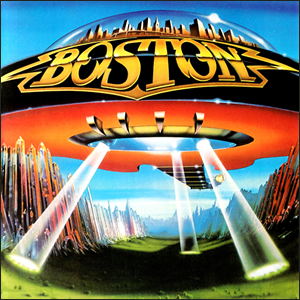
Buy Don’t Look Back Don’t Look Back was the much anticipated second album by Boston. After the unprecedented success of the group’s debut album, the two year wait was considered a long gap between […]
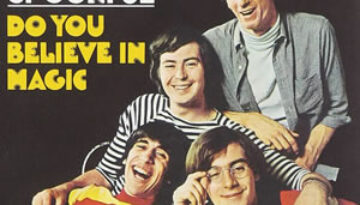
Buy Do You Believe in Magic? The Lovin Spoonful had a meteoric career which climaxed shortly after it began in the mid 1960s. Do You Believe in Magic is the 1965 debut album […]
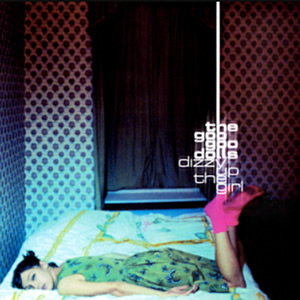
Buy Dizzy Up the Girl It took six albums and over a decade for Goo Goo Dolls to be propelled into international success and 1998’s Dizzy Up the Girl was that ultimate catalyst. […]
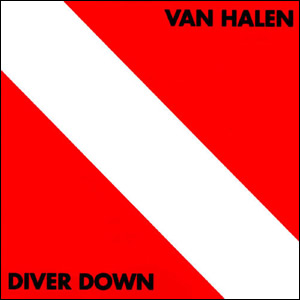
With their 5th album, Van Halen decided to take a less intense approach. Diver Down was developed by accident as the band, exhausted from constant touring and the production of four studio albums […]
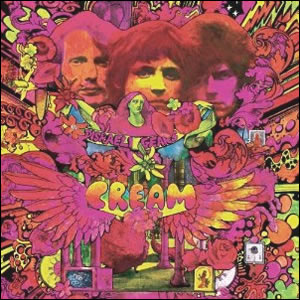
Buy Disraeli Gears Rock’s first “super group”, the British trio Cream was only together for a few years in the late 1960s with only four albums to their credit. However, they left a strong […]
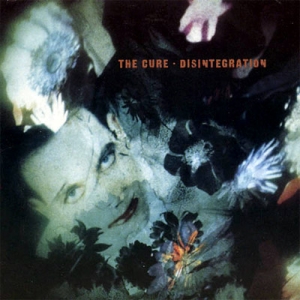
Buy Disintegration Through most of their first decade, The Cure was a group that was always on the razor’s edge of change making them one of the rare “alternative” bands which were actually […]

Buy Disciplined Breakdown After exploding onto the international rock scene in the middle of the 1990s with the success of their first two albums, Collective Soul released their much anticipated third studio album, […]
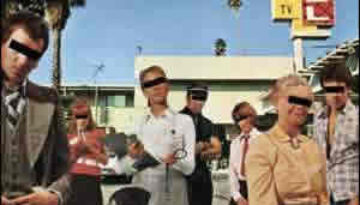
Buy Dirty Deeds Done Dirt Cheap Australian rockers AC/DC produced their third album, Dirty Deeds Done Dirt Cheap during the summer of 1976 and released it in their home land in September of […]
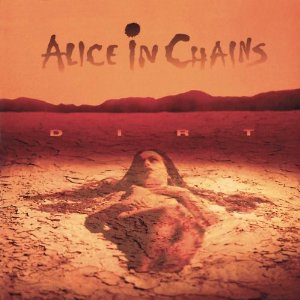
Buy Dirt The band which practically invented the genre of dark alternative metal, Alice In Chains bridged the gap between the “traditional” heavy metal and the new, alternative inspired “fusion” metals which began […]

Buy Dire Straits British quartet Dire Straits launched their fruitful career in 1978 with an impressive self-titled debut studio album. This album features nine tracks composed by guitarist/vocalist Mark Knopfler who blended elements […]